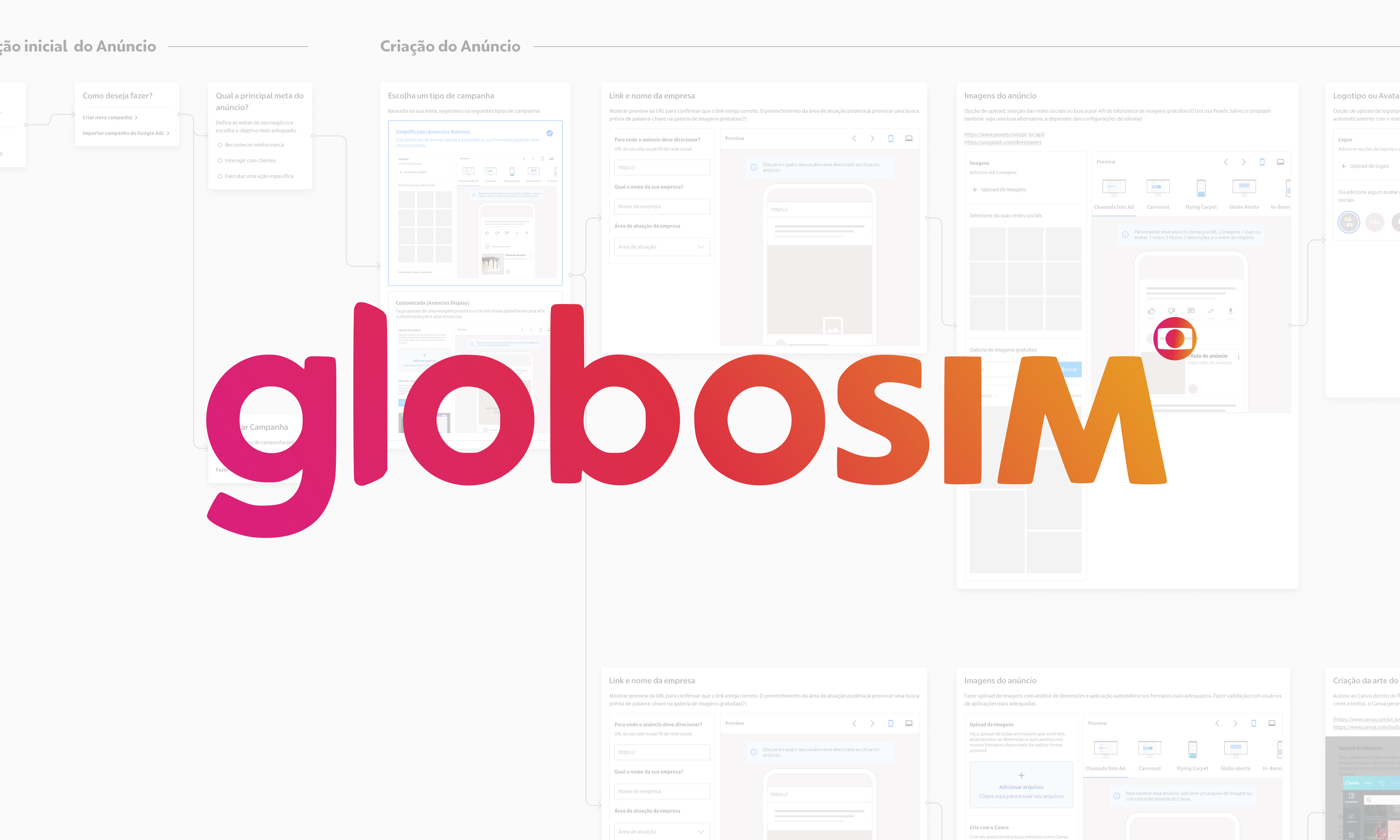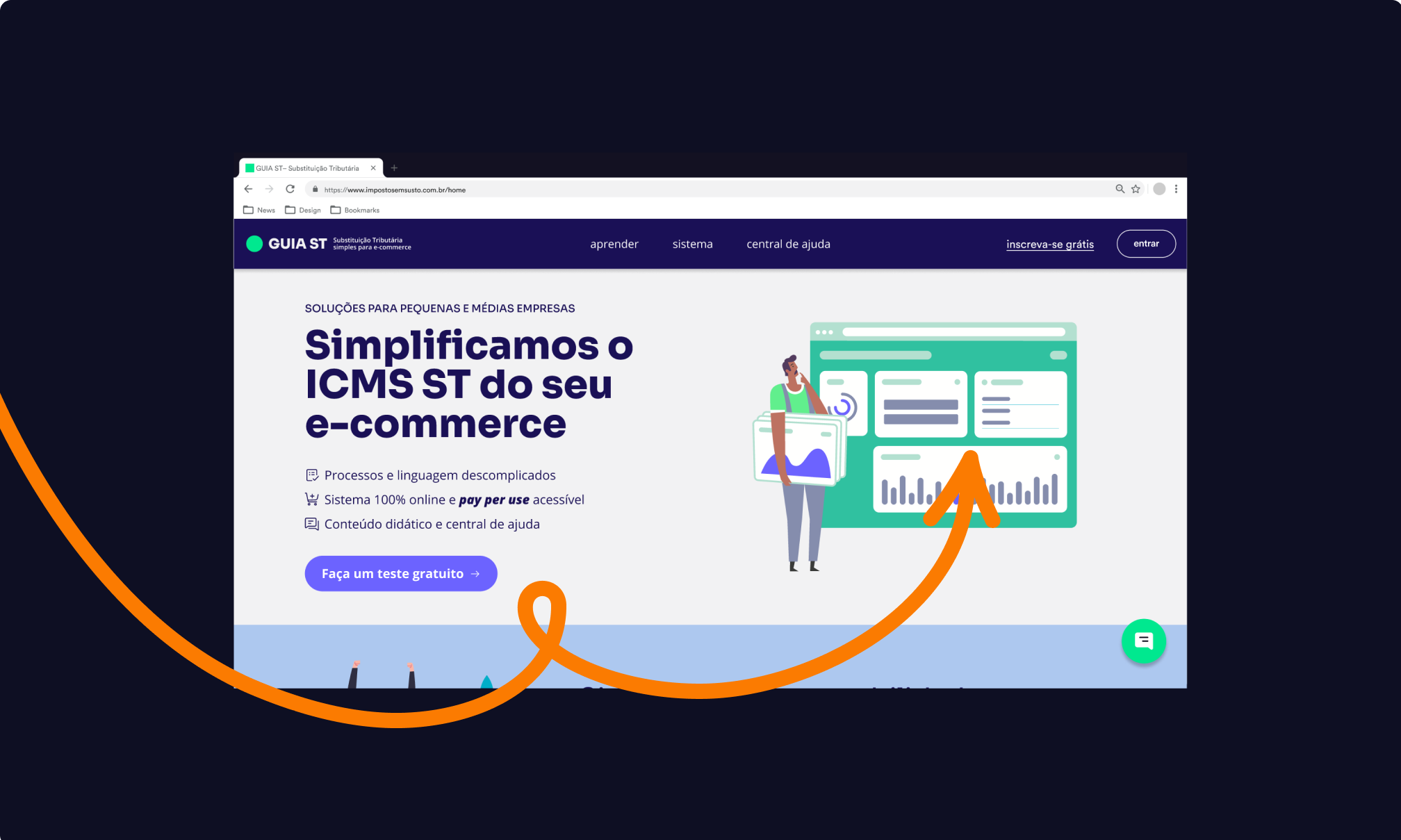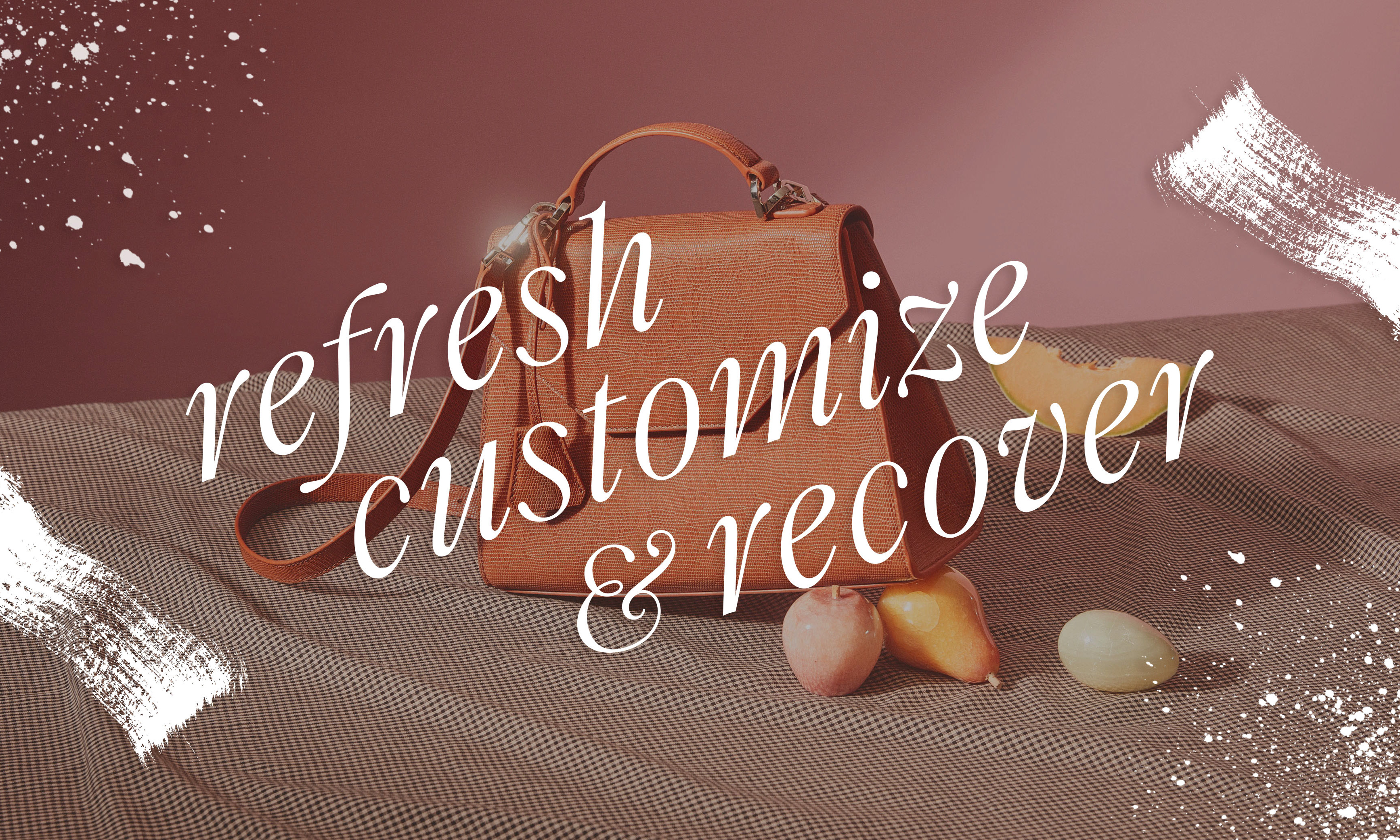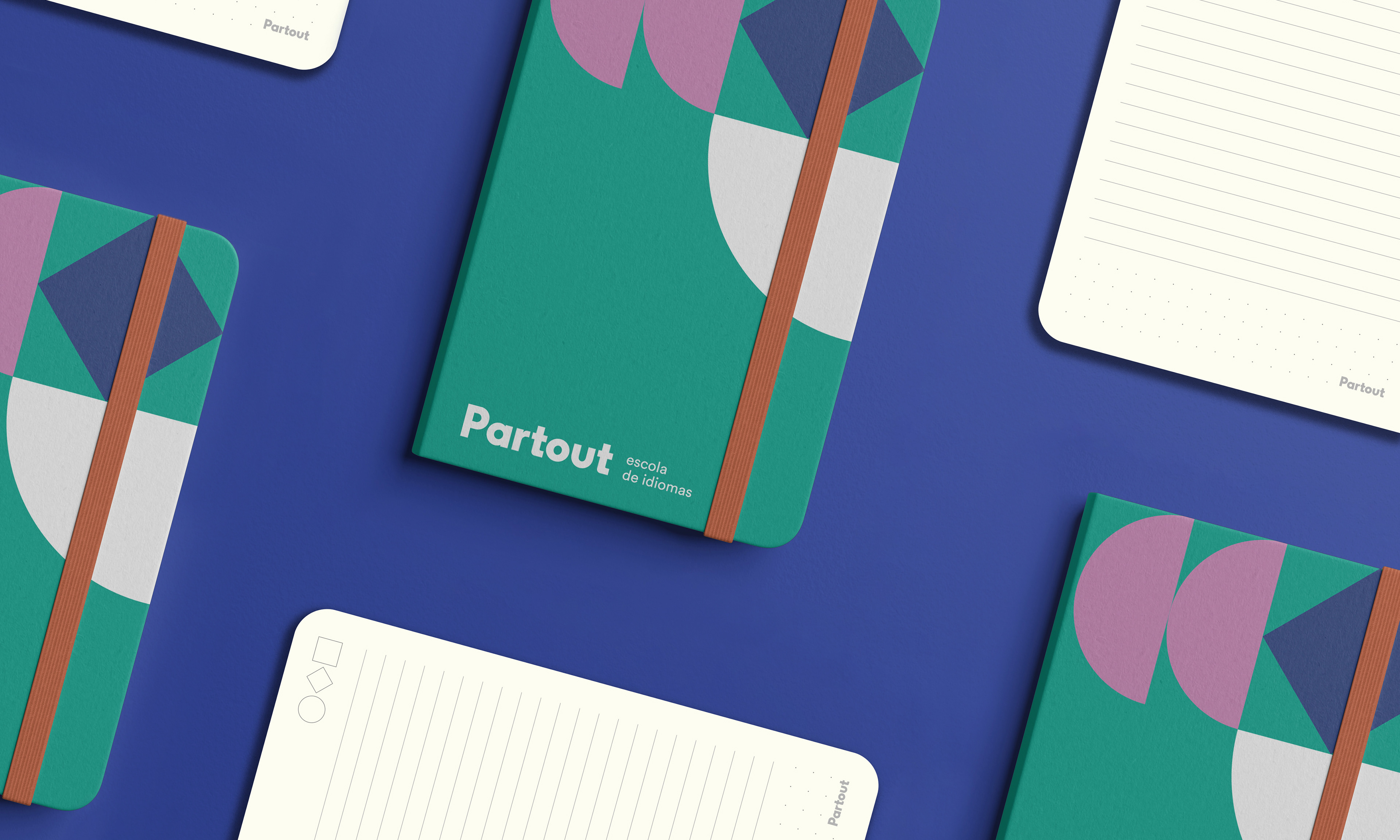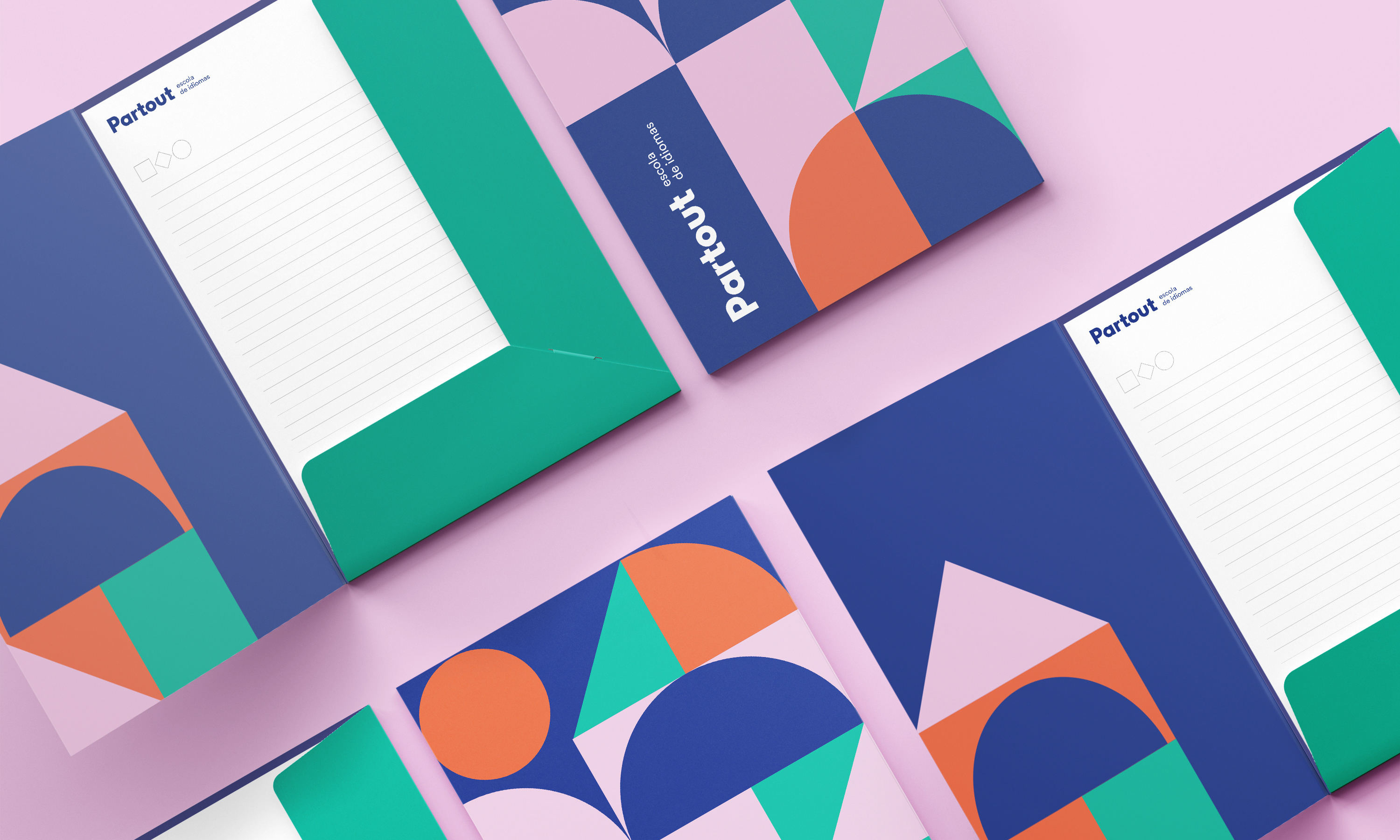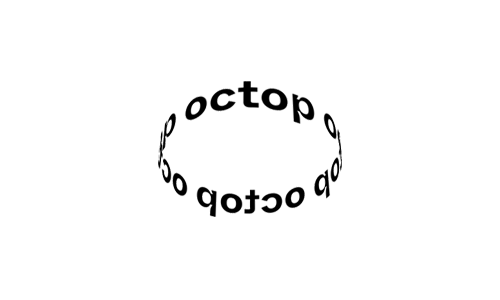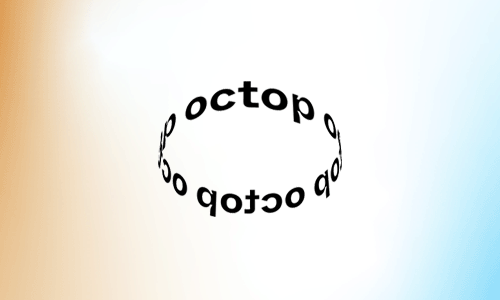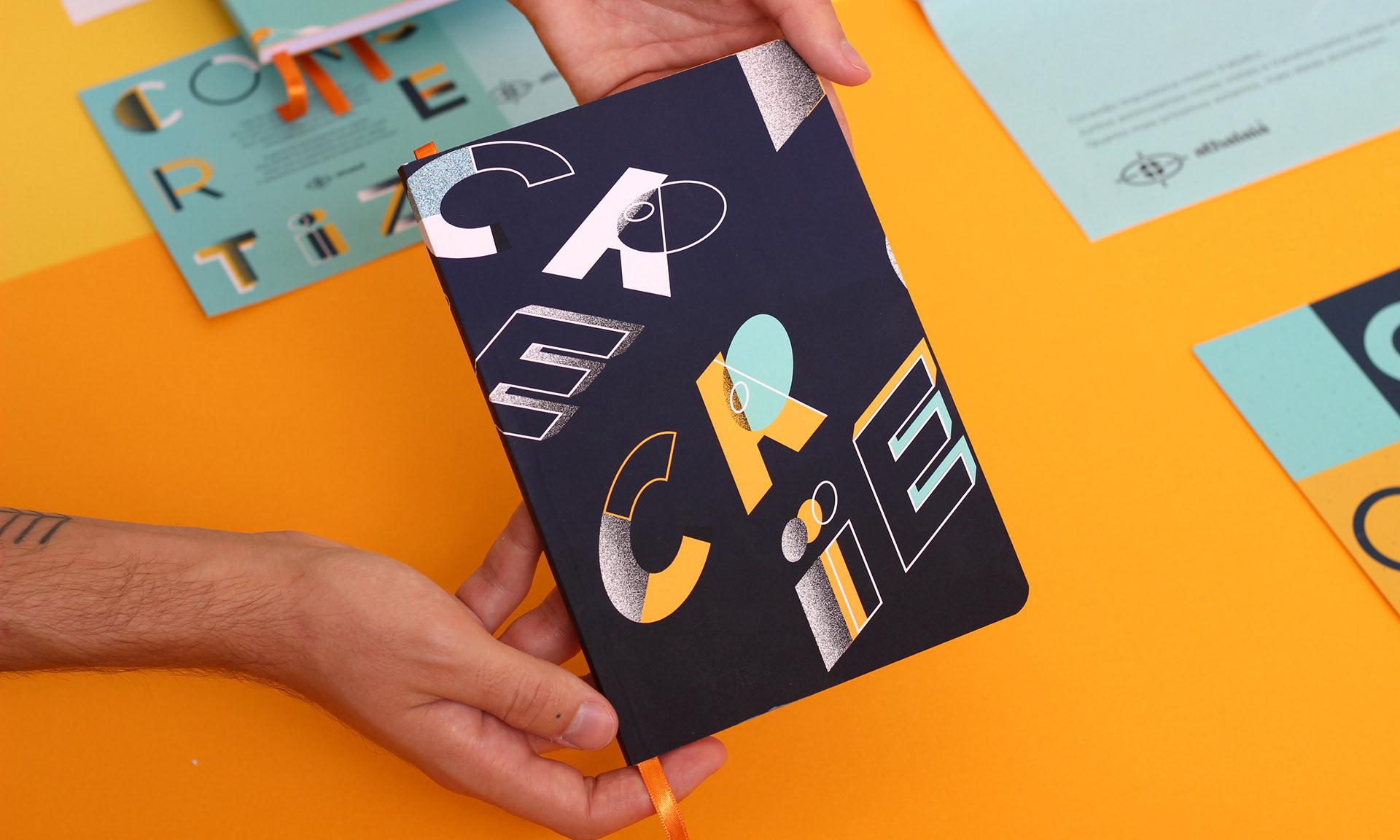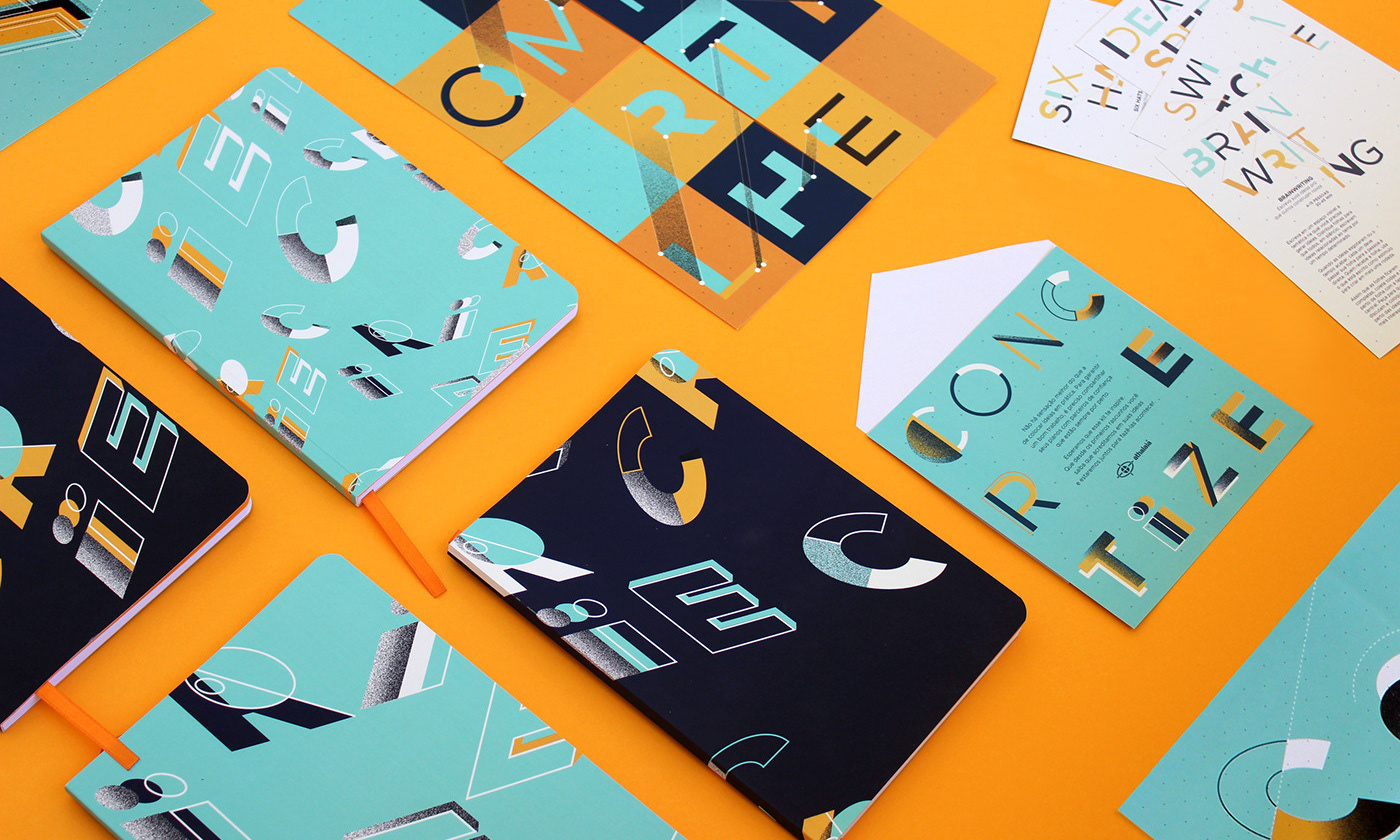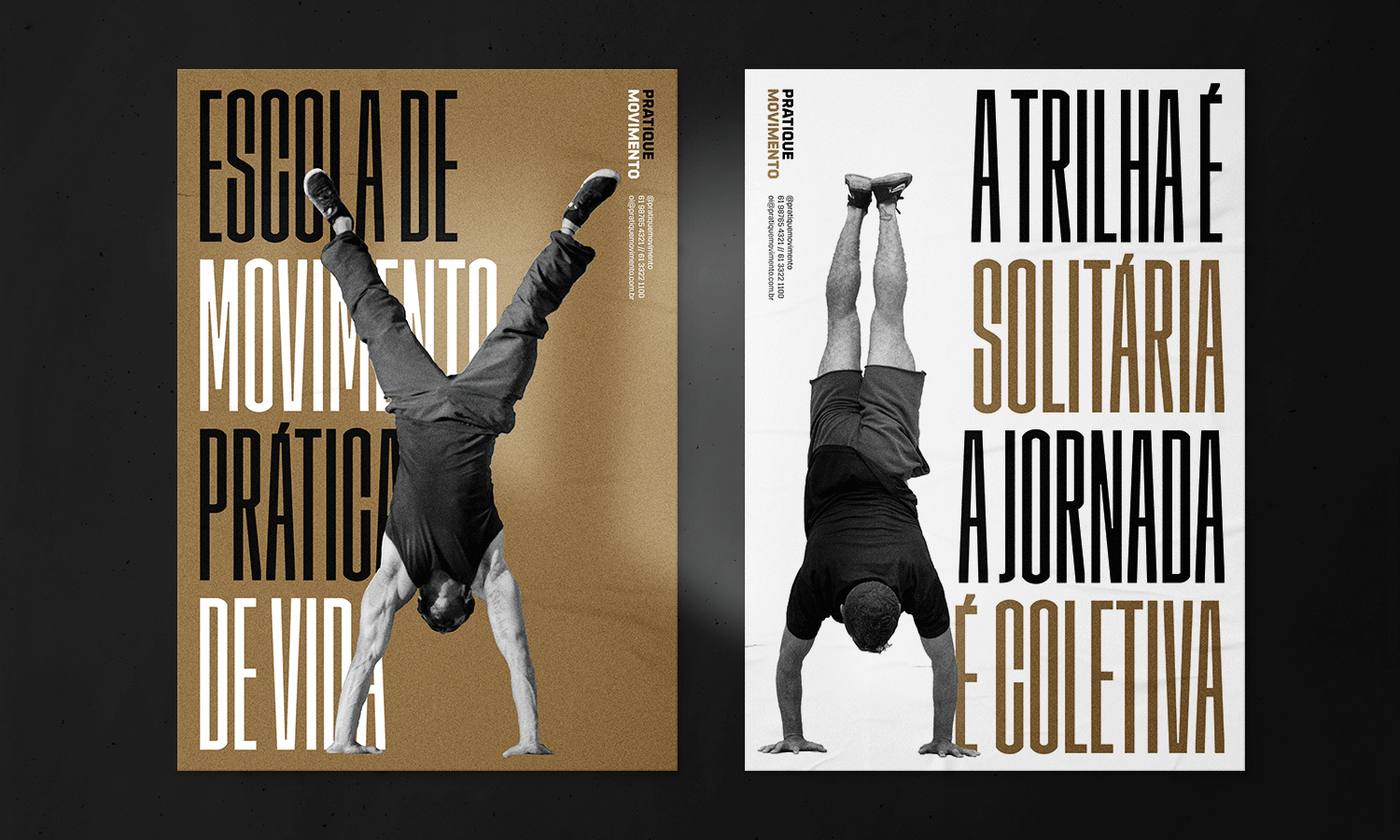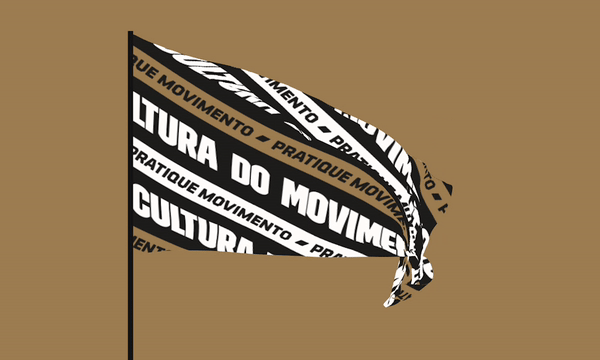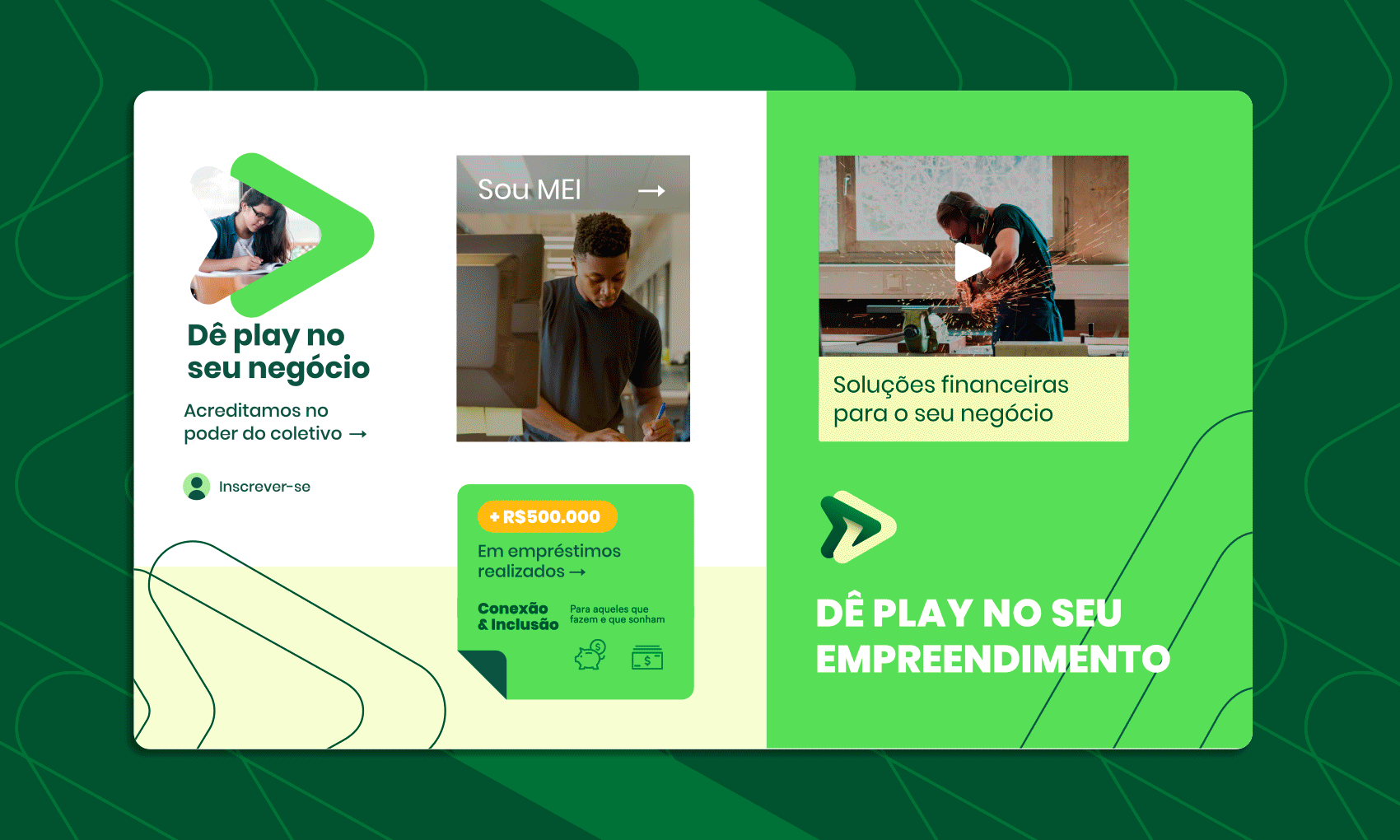• Journey analysis
• Hypothesis formulation
• Product structure design
• Improvement proposals
• Effort vs. impact assessments
• Kitchen Stories (app)
• Tasty (app)
• Listonic (app)
• YouTube (cooking channels)
Serving size adjustments: Many apps lack an easy way to modify serving sizes, which would be useful for both single-person and group cooking.
Measurement units: Users would benefit from the ability to switch between measurement units (e.g., Imperial to Metric).
Ingredient flexibility: Recipes often allow for substitutions, but apps don’t make these alternatives easily accessible.
Hands-free recipe execution: Users struggle with accessing the phone while cooking, especially when their hands are dirty.
Recipe suggestions: Personalized suggestions based on the time of day, seasonal ingredients, and local events would enhance the experience.
Watching recipe videos on Youtube is frustrating due to interruptions from ads or autoplay, and the difficulty of accessing the ingredient list on mobile. Youtube is not ideal for recipe execution videos, as it’s not designed for this purpose.
Shopping list management: Users want to easily create and edit shopping lists, ideally auto-populated from selected recipes.
Only one app allows automatic addition of ingredients to the grocery list, but it lacks essential editing features, such as adding unrelated items, editing, and reordering the list. This limits the functionality of creating a dynamic shopping list from selected recipes.
Login, home and search screens.
Shopping list Screens.
Recipe Screens
Ingredients, step-by-step, ste-by-step mode and widget screens.
